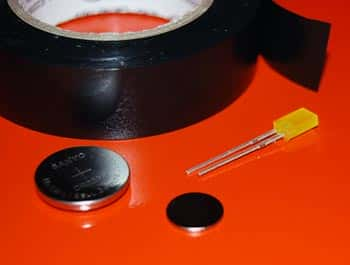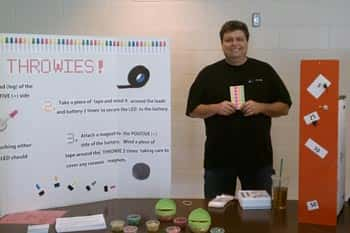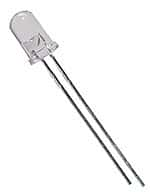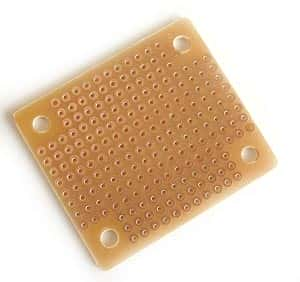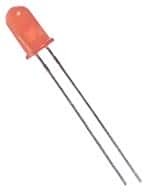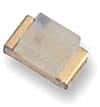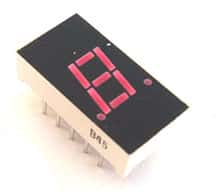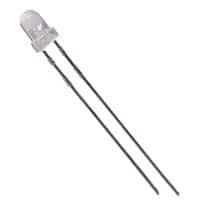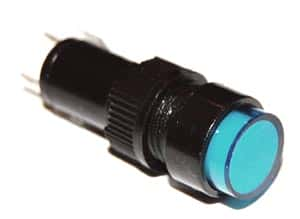Ledzworld, the Netherlands Company based in Amsterdam, has launched the world’s first ultra-dimmable retrofit LED lamp producing 850 Lumens from a single source. The product AR-111 LED lamp has been developed with several notable features incorporated with the user in mind. Ledzworld is a world-renowned company that has been a pioneer in harnessing LED technology and it is no surprise that they have come out with these LED lamps to be used in various places. This innovation is considered as an ideal replacement for the halogen lamps that has been in use for a long time now. The AR-111 LED lamp is well tested, cost effective, highly efficient and the design is perfect for the user, makers, designers and installers.
AR-111 is a single source LED lamp that comes with a CRI of 80. It is also offered with a CRI of >90. It also has the company’s special Chameleon Driver, which is a technological breakthrough that has the self-adjusting feature to make it a perfect fit. It can be used with a variety of combination of drivers and dimmers. The Chameleon Driver detects the transformer type initially and then it goes on to analyze the waveforms to suitably change or transform itself into a perfect fit.
Jan Kemeling is the founder and the Chief Sales and Marketing Officer of Ledzworld. He says, “A large number of current luminaires on the market with integrated LED light engines look bulky, but Ledzworld’s unique AR-111 Platinum Ultra Dimmable LED has the appearance and characteristics of a sophisticated track-luminaire while efficiently delivering 850 Lumens.” The looks are aesthetic and match perfectly with the ambience of museums, lounges, hospitals, hotel, residential, retail displays and restaurants. Kemeling also opines, “This innovative Chameleon Driver makes our AR-111 Platinum LED lamp a true ‘plug and play’ solution that can be trusted with no surprises or disappointments.”
The AR-111 has the intelligence to monitor the temperature within its driver compartment. The beam angle can be adjusted to 25 degrees or to 40 degrees, with the help of Reduced Glare Optical Technology developed by the company. The lamp comes with three-color temperatures of 2700K, 3000K, and 4000K. It has an overall dimension of 62×111 mm with light of single focus. When compared with halogen lamps, AR-111 allows a saving of 80% of the energy consumed. The removable outer ring is patented for the product and it allows the option of matching the color to the application or fixture. Ledzworld offers a three-year warranty for continued usage of this LED lamp.
Given the company’s global reputation in manufacturing LED lamps, this ultra-dimmable AR-111 LED lamp is bound to play a path-breaking role in its use. It offers several benefits by way of energy saving, operational efficiency, convenience in use along with its robust features. The most important aspect of the product is that it is a replacement for halogen lamps that are still used very widely. This effectively means that users gain cost wise as well in its operational efficiency.

